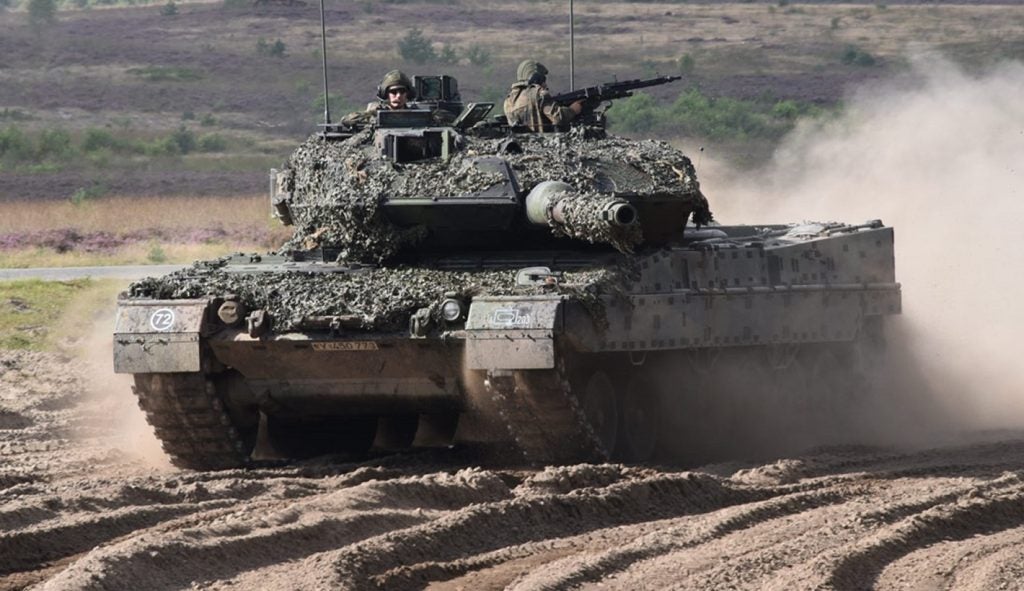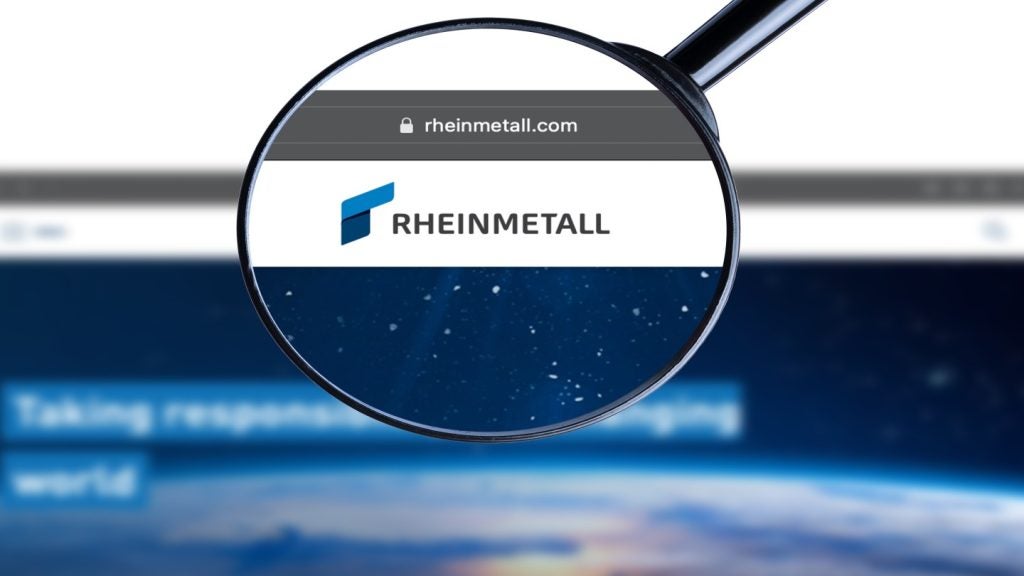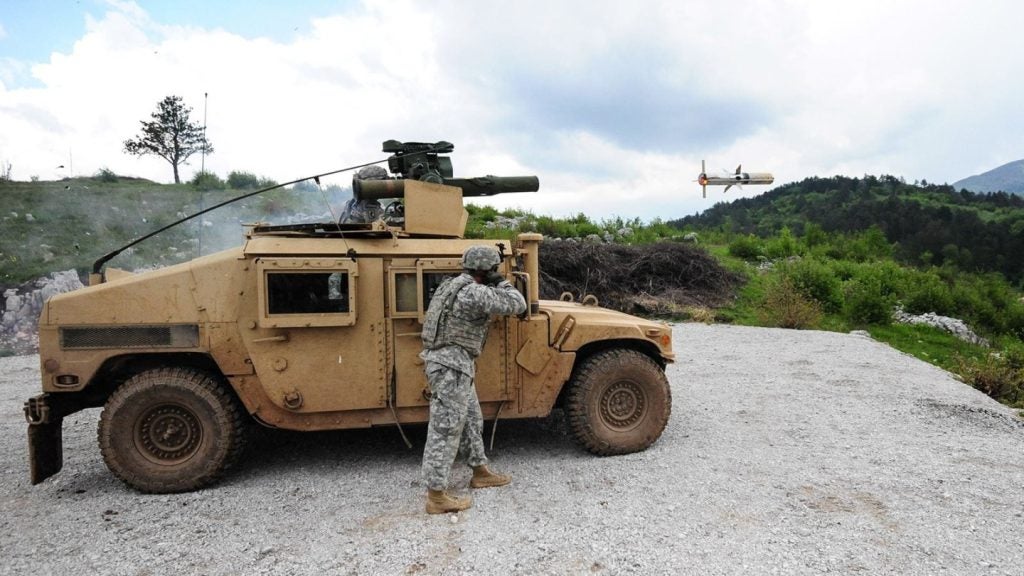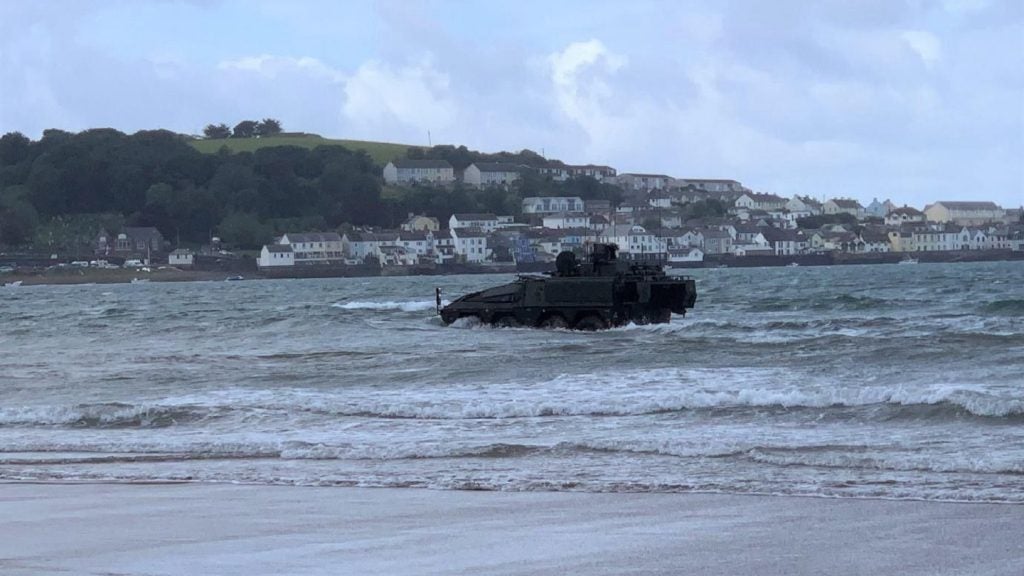The US Army has awarded a follow-on contract to Raytheon to manufacture for the Ku Band Multi-Function RF System (MFRFS) Sense and Warn (S&W) radars prototype build of its Counter Rocket Artillery and Mortar (C-RAM) S&W systems.
The $45.5m contract follows an ongoing effort by the company to improve performance of the C-RAM S&W systems, currently fielded at the Forward Operating Bases (FOBs) supporting Operation Enduring Freedom and the ongoing US mission in Iraq (USM-I).
Under the terms of the contract, the company will procure long-lead materials and subsystems for Ku Band MFRFS prototype systems, scheduled to be built in 2012.
Raytheon’s Network Centric Systems business Combat and Sensing Systems vice president Glynn Raymer said the MFRFS C-RAM provides the soldiers with additional warning of incoming threats, thereby dramatically improve their survivability.
The Ku Band MFRFS system will be developed by using technology devised for the US Army’s Future Combat Systems (FCS) programme, according to the company.
Raytheon has also developed, tested and deployed a Low Quadrant Elevation (QE) MFRFS C-RAM S&W system utilising residual assets from the FCS programme, as a precursor to the Ku Band MFRFS variant in 14 months.
How well do you really know your competitors?
Access the most comprehensive Company Profiles on the market, powered by GlobalData. Save hours of research. Gain competitive edge.

Thank you!
Your download email will arrive shortly
Not ready to buy yet? Download a free sample
We are confident about the unique quality of our Company Profiles. However, we want you to make the most beneficial decision for your business, so we offer a free sample that you can download by submitting the below form
By GlobalDataThe Low QE MFRFS and the Ku Band MFRFS systems provide improved S&W times, virtually eliminating false alarms and improving coverage of the C-RAM systems.
A variant of the US Vulcan Phalanx, the C-RAM system uses sensor, command and control (C2) and visualisation tools to detect or destroy incoming artillery, rockets and mortar rounds in the air before they hit ground targets.
The system is designed to safeguard US and coalition troops from indirect fire threats, and also provide counterattack and response options including the tracking and capturing of enemy forces.
Since its initial fielding more than six years ago, the system has been used to protect the Green Zone and Camp Victory in Baghdad, as well as the Logistics Support Area Anaconda in Balad, Iraq.







